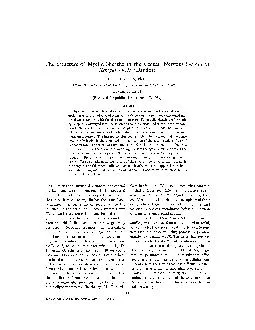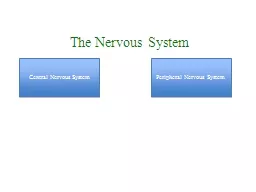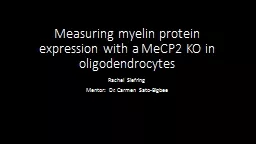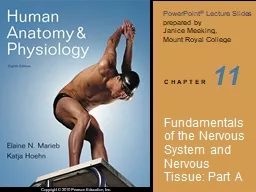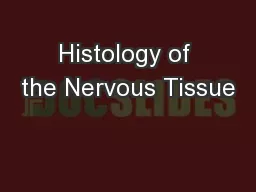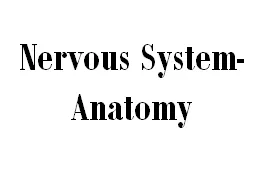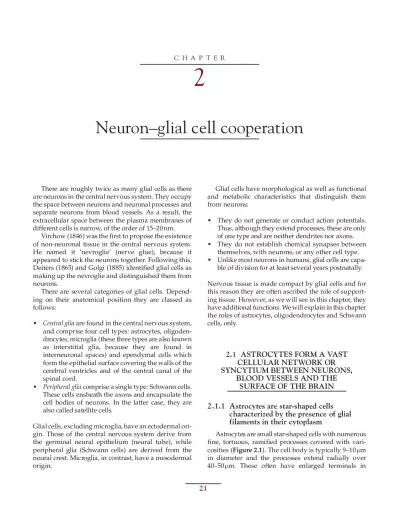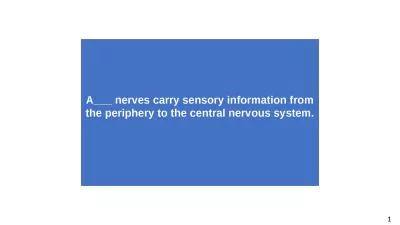PDF-Structure of Myelin Sheaths in the Central Nervous System of Xenopus l
Author : danika-pritchard | Published Date : 2017-02-23
Studies on the structure of peripheral and central myelin using xray diffraction 1 2 polarised light 3 and electron microscopy 2 46 show that in both cases the myelin
Presentation Embed Code
Download Presentation
Download Presentation The PPT/PDF document "Structure of Myelin Sheaths in the Centr..." is the property of its rightful owner. Permission is granted to download and print the materials on this website for personal, non-commercial use only, and to display it on your personal computer provided you do not modify the materials and that you retain all copyright notices contained in the materials. By downloading content from our website, you accept the terms of this agreement.
Structure of Myelin Sheaths in the Central Nervous System of Xenopus l: Transcript
Download Rules Of Document
"Structure of Myelin Sheaths in the Central Nervous System of Xenopus l"The content belongs to its owner. You may download and print it for personal use, without modification, and keep all copyright notices. By downloading, you agree to these terms.
Related Documents

